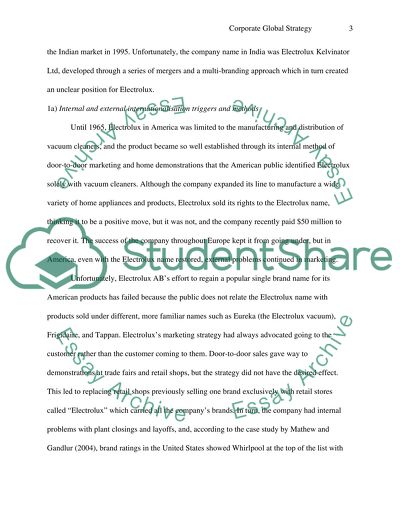Cite this document
(“Corporate Global Strategy: What Lies Ahead for Electrolux Essay”, n.d.)
Corporate Global Strategy: What Lies Ahead for Electrolux Essay. Retrieved from https://studentshare.org/miscellaneous/1504985-corporate-global-strategy-what-lies-ahead-for-electrolux
Corporate Global Strategy: What Lies Ahead for Electrolux Essay. Retrieved from https://studentshare.org/miscellaneous/1504985-corporate-global-strategy-what-lies-ahead-for-electrolux
(Corporate Global Strategy: What Lies Ahead for Electrolux Essay)
Corporate Global Strategy: What Lies Ahead for Electrolux Essay. https://studentshare.org/miscellaneous/1504985-corporate-global-strategy-what-lies-ahead-for-electrolux.
Corporate Global Strategy: What Lies Ahead for Electrolux Essay. https://studentshare.org/miscellaneous/1504985-corporate-global-strategy-what-lies-ahead-for-electrolux.
“Corporate Global Strategy: What Lies Ahead for Electrolux Essay”, n.d. https://studentshare.org/miscellaneous/1504985-corporate-global-strategy-what-lies-ahead-for-electrolux.


